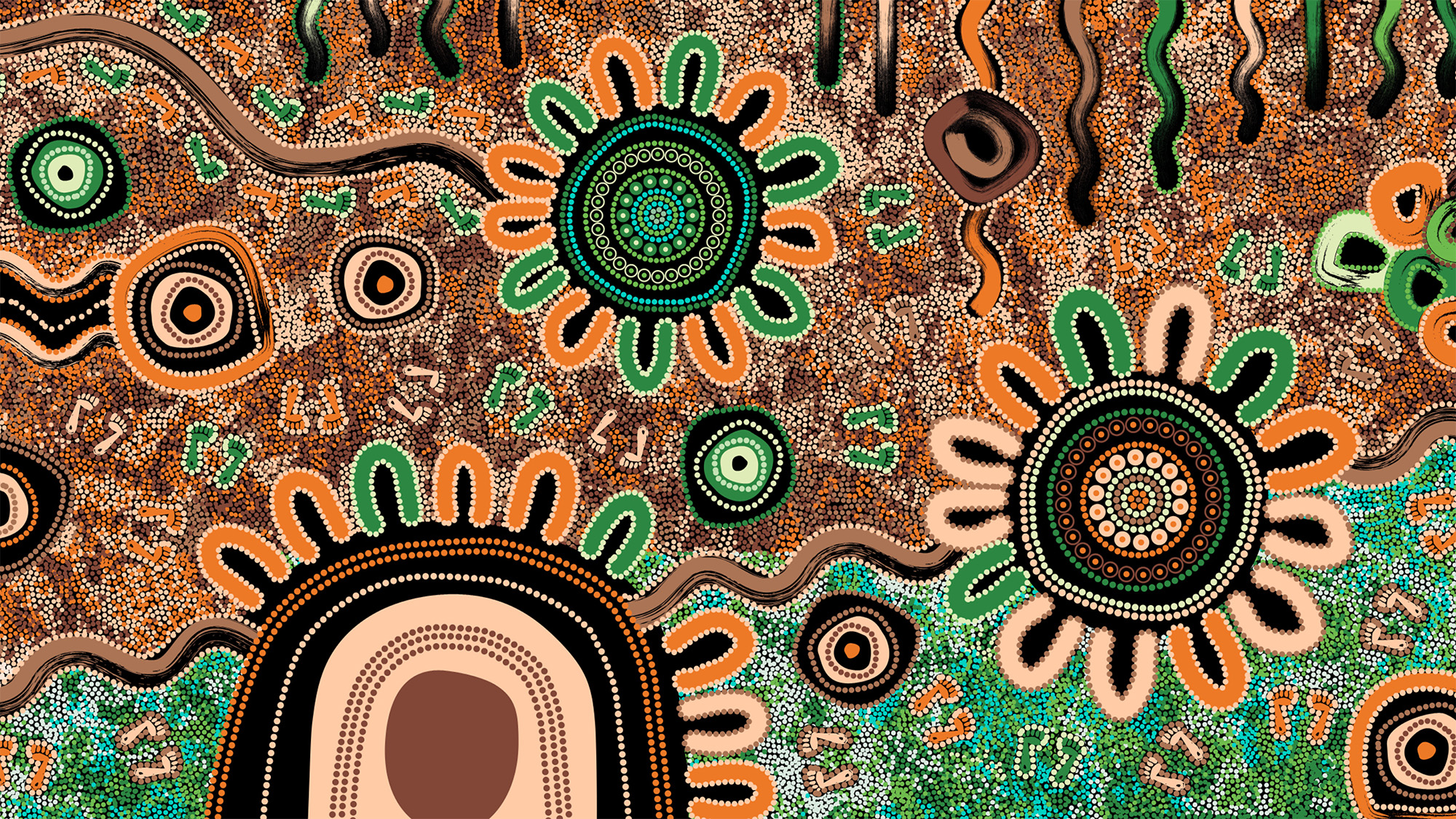News
Launching our Innovate Reconciliation Action Plan (RAP)
The Innovate RAP outlines our vision for reconciliation and sets out clear, practical actions that will strengthen our relationships, enhance respect, and create opportunities within the communities we serve. It allows us to deepen our understanding of our sphere of influence and to establish the best approaches to advance reconciliation across our organisation.
Our RAP Coordinator Chad Ytsma said the new plan represents both progress and purpose.
“Reaching the Innovate stage is something we can all be proud of, it reflects the relationships, learning and effort that have brought us here,” he said. “Our focus now is on turning those foundations into meaningful action and outcomes.
“I want to thank everyone who has contributed to this journey so far, your support and passion are what continue to drive this work forward.”
Ali Bussey, Executive Co-Sponsor of the RAP and General Manager of People and Support Services, shared her support for the launch, noting that Enerven is proud to be a key contributor and leader in reconciliation.
She said reconciliation is about turning intent into everyday action, and that Enerven is committed to building partnerships that create real opportunities for Aboriginal and Torres Strait Islander peoples across our projects and communities.
Enerven is also proud to have commissioned an original artwork by Kelly Taylor of T’Keyah Wear, created to represent our Innovate RAP. The artwork will be displayed at our Station Place head office as a reflection of our ongoing commitment to reconciliation.
This piece is an important visual representation of SA Power Networks and Enerven’s commitment to reconciliation, honouring culture, strengthening relationships, and continuing to walk alongside First Nations peoples and communities across South Australia.
About the Artists
Kelly and T’keyah come from three generations of strong First Nations women who share their culture through art. Kelly’s painting journey began nearly 30 years ago with her nana, Millie Taylor, who passed down ancient stories and inspired Kelly’s now-signature “creeper dots” style which is a unique blend of traditional symbolism and modern expression.
T’keyah began painting at age 13, learning alongside her mum. While she wasn’t initially drawn to art at school, she found a deep connection to culture through painting.
Her vibrant style continues the family’s storytelling tradition, while also reflecting her own voice and perspective.
Their work is grounded in family, Country, and heritage by blending old and new to celebrate who they are and inspire others to connect with culture.
The Story Behind the Artwork
Commissioned as part of SA Power Networks’ and Enerven’s Innovate RAP, the artwork tells a visual story of unity, growth, and reconciliation. It reflects the journey between the Power Networks Group (SA Power Networks and Enerven) and First Nations communities across the state.
The story embedded in the painting includes:
- The circle on the right represents First Nations people, their cultural leadership and deep connection to Country.
- Large green and orange circles which depicts SA Power Networks and Enerven bases.
- Footprints and “U” shapes as the orange and green symbols represent the Power Network team walking alongside community, while the light brown symbols depict First Nations people grounded in knowledge and culture.
- Wavy lines and flowing currents represents the electricity that connects communities and symbolising the energy that lights up homes, businesses and shared futures.
- Waves at the top symbolises wind, breeze, and the evolving nature of reconciliation.
What is reconciliation? What is a RAP?
At its core reconciliation is about building respectful relationships between First Nations people and the wider Australian community to enable us to work together to close the gaps, and to achieve a shared sense of fairness and justice.
A Reconciliation Action Plan (RAP) is simply a plan for the actions an organisation can take to improve their relationships with First Nations people and communities in their sphere of influence (be it customers, staff, stakeholders, or communities who are impacted by the organisation’s work). Check out the Reconciliation SA website for more information.
